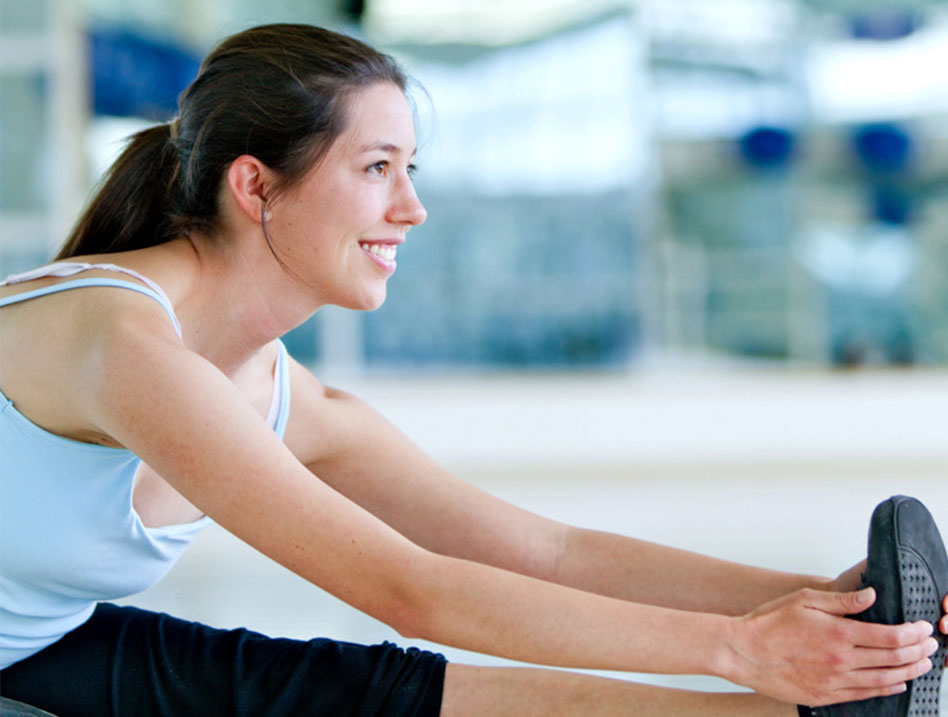Stretching & Strengthening

Stretching
The most obvious and established benefit of stretching is to help with flexibility and range of motion. Stretching also increases blood flow to muscles which helps with healing. During active care this described benefit will help shorten recovery time and after discharge from active care a routine of less frequent but regular stretching will help prevent reoccurrence or new injury. Put simply when your body moves and works normally it functions better and can better deal with the stresses of daily living.
Tips for stretching:
Don’t bounce. Stretch in a smooth movement, without bouncing. Bouncing as you stretch can cause injury to your muscle.
Hold your stretch. Hold each stretch for about 30 seconds; in problem areas, you may need to hold for around 60 seconds. Breathe normally as you stretch.
Don’t aim for pain. Expect to feel tension while you’re stretching, not pain. If it hurts, you’ve pushed too far. Back off to the point where you don’t feel any pain, then hold the stretch.
Make stretches sport specific. Some evidence suggests that it’s helpful to do stretches tailored for your sport or activity. If you play soccer, for instance, you’re more vulnerable to hamstring strains. So opt for stretches that help your hamstrings.
Keep up with your stretching. Stretching can be time-consuming. But you can achieve the most benefits by stretching regularly, at least two to three times a week.
If you don’t stretch regularly, you risk losing any benefits that stretching offered. For instance, if stretching helped you increase your range of motion, and you stop stretching, your range of motion may decrease again.
Strengthening
Strengthening exercises can be used to improve your muscles’ ability and endurance. Exercise and physical activity deliver oxygen and nutrients to your tissues helping your health and healing. Building endurance and training muscle balance are great ways to prevent injury. Many of today’s complaints of back, neck, shoulder, or discomfort in other areas are related to imbalance and weakness in the postural muscles of the neck, low back, and core.
Our treatment plan initially incorporates stretches to promote pain-free range of motion. As pain stops in the second phase of care, stabilization exercises are started to promote good posture and balance to prevent re-injury.
